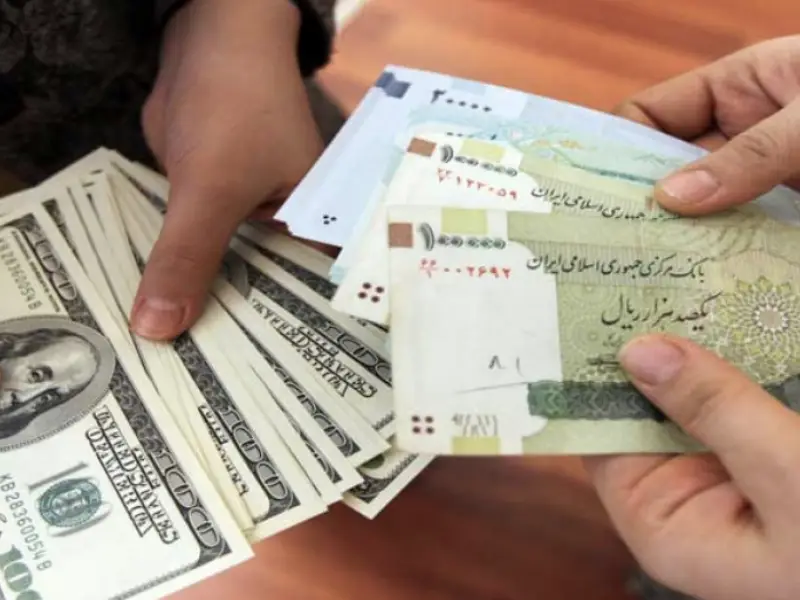Iran’s currency has recuperated some of its recent losses, as the government asked exporters to share their dollar revenues with currency exchange dealers.
The Iranian currency, rial, on Sunday fell to a historic low of 333,000 to one US dollar, a 25-percent fall since March. The slide seemed unstoppable as the rial was losing around 10,000 points a day last week, but since early Tuesday, the currency began to gradually regain some ground.
Iranian media reported on Tuesday that the government asked exporters, especially petrochemical companies, to sell their foreign-earned dollars directly to currency exchange dealers to stop the rials fall. This helped the Iranian currency to rise slightly, to just under 320,000 against the dollar.
But the government’s tactic has two major drawbacks. First, it seems to be an emergency measure and exporters will not agree to perpetually sell their dollars at a rate considered to be untenable on the long run. Second, the foreign currency that exporters bring back to the country is also needed by the government and the central bank, to finance needed imports and to maintain dollar reserves.
The precipitous fall of the rial has added to a sense of panic among a vast majority of Iranians who have become impoverished by persistently above-40-percent inflation for nearly two years. Anti-government protests have been taking place regularly since early May.

